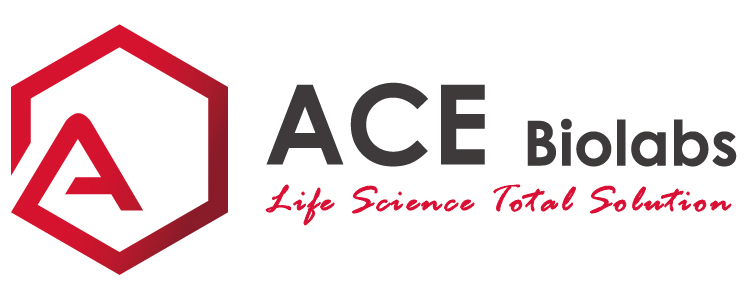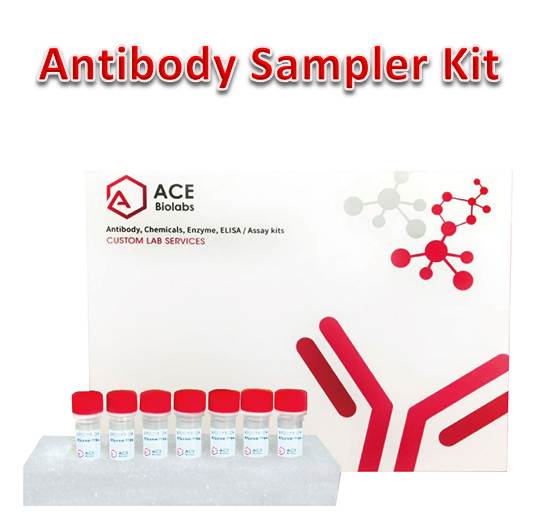Antibody, Antibody Sampler Kit
DNA Replication Antibody Sampler Kit
- Catalog Number : AK0147
- Number :
-
Size:
Qty : - Price : Request Inquiry
Introduction
The initiation of DNA replication in mammalian cells is a highly coordinated process that is regulated by several protein complexes. Origins of replication (ORCs), at which replication is initiated, are dispersed throughout the genome. Their activities are regulated via the sequential binding of pre-replication and replication factors that initiate formation of replication forks, the active structures at which DNA is synthesized. The origin recognition complex is thought to be bound to chromatin throughout the cell cycle. The pre-replication complex (Pre-RC) forms in late mitosis/early G1 phase beginning with the binding of CDT1 and CDC6 to the origin. Together CDT1 and CDC6 promote the loading of the heterohexameric minichromosome maintenance (MCM) complex. This process is referred to as chromatin licensing. Licensing of the chromatin permits the DNA to replicate only once per cell cycle, helping to ensure that genetic alterations and malignant cell growth do not occur . The canonical MCM complex proteins (MCM2-7) are a family of six related phospho-proteins that function, in part, as the eukaryotic replicative DNA helicase. Phosphorylation and ubiquitination of the MCM2, MCM3, MCM4, and MCM6 subunits appears to regulate MCM complex activity and the initiation of DNA synthesis. MCM proteins are removed during DNA replication, causing chromatin to become unlicensed, inhibiting Pre-RC reformation. In addition to DNA polymerase, initiation of DNA replication requires a pair of primase subunits. DNA Primase activity catalyzes de novo synthesis of an RNA/DNA primer (initiator DNA) on the leading and lagging strands, while polymerase activity extends the initiator DNA. The 48 and 58 kDa primase subunits cooperate in the synthesis of small RNA primers. p48 is the catalytically active subunit, while p58 couples p48 to the polymerase to allow the transfer of primers to the active site. The p58 subunit may also play a role in regulation of primer length. Once replication is initiated, Proliferating Cell Nuclear Antigen (P
General Information
| Reactivity | Human, Mouse, Rabbit |
|---|---|
| Application | WB, ELISA |
| Host | Rabbit |
| Storage instruction | Store at -20℃. Avoid freeze / thaw cycles. |
| Research topic | DNA Replication |
PRODUCT INCLUDES
|
Cat No. |
Product name |
Quantity |
Applications |
Reactivity |
Host |
|
A340450 |
BM28 Polyclonal Antibody |
20μL |
WB, IHC, IF, ELISA |
Human, Mouse |
Rabbit |
|
A340713 |
MCM3 Polyclonal Antibody |
20μL |
WB, ELISA |
Human |
Rabbit |
|
A340401 |
MCM7 Polyclonal Antibody |
20μL |
WB, ELISA |
Human, Mouse, Rat |
Rabbit |
|
A340742 |
PCNA Polyclonal Antibody |
20μL |
WB, IHC |
Human, Mouse, Rat |
Rabbit |
|
A1013s |
Goat Anti-Rabbit IgG (H+L) (peroxidase/HRP conjugated) |
120μL |
WB, ELISA |
Rabbit |
Goat |







.png)